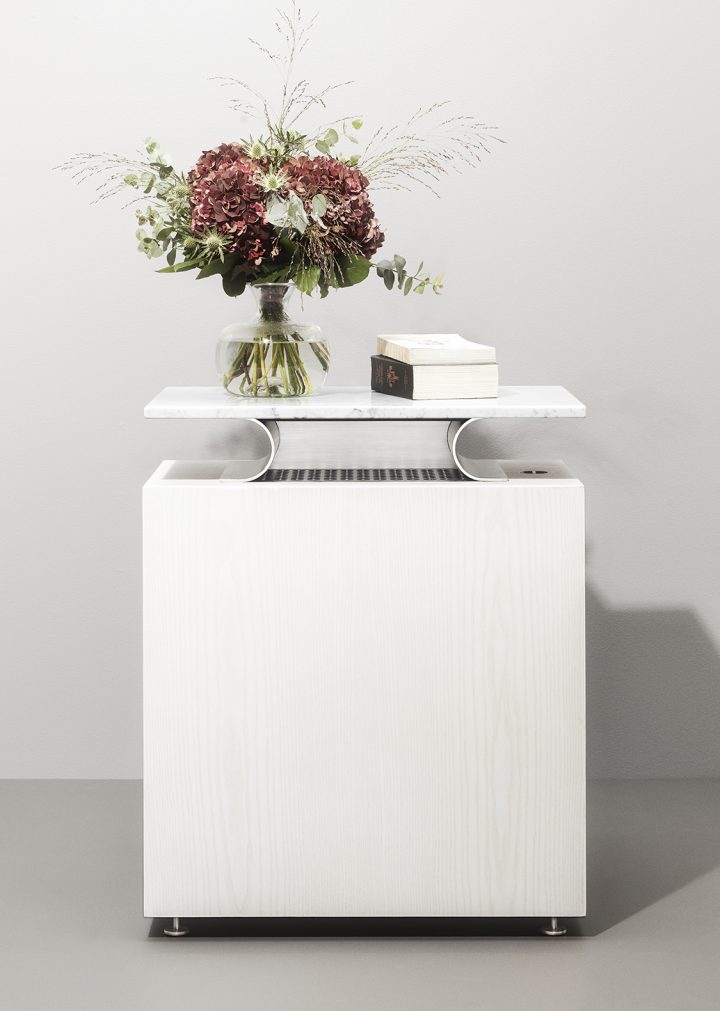Answers to frequently asked questions about Livsdal’s air purifiers
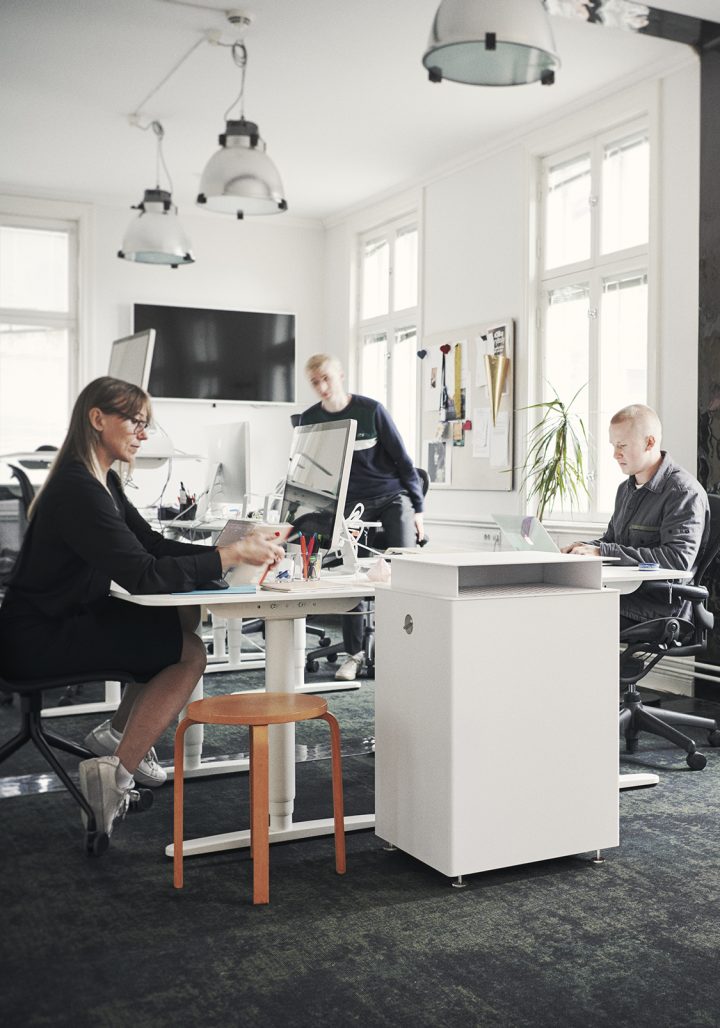
Why do we need air purifiers?
To stay fit and healthy, we need fresh air with new oxygen in our indoor air. Our ventilation systems help us fill our homes, offices and schools with air, but with it also comes pollution – mainly traffic exhaust fumes. It also contains pollen during spring and summer, and this is troublesome for allergy sufferers even when they are indoors.
In the indoor climate, there are also other sources of air pollution. Some of these are toxic gases given off by flame retardants in textiles and electronics and they can also be from cleaning materials, and that’s not counting viruses and bacteria that we humans carry around with us and spread.
The cocktail effect that takes place from all the pollutants in our indoor air makes it up to 50 times more harmful to inhale than the air outside. Considering that we also spend about 90 percent of our time indoors, this poses us with a health problem we can contribute to solving by circulating the air through an air purifier with capacity to reduce all these pollutants by means of efficient filters.
Which particles and gases do a Livsdal air purifier remove?
Our air purifiers capture particles such as soot, smoke, viruses, bacteria, aerosols, vapours, ash, pollen, mould spores, organic chemicals and metals such as cadmium, chromium, copper, mercury, lead, zinc, arsenic, boron and platinum. On top of this, they handle gases such as nitrogen dioxide, sulphur dioxide, ozone, formaldehyde, VOCs and benzene. They also eliminate unwanted odours such as, ammonia, cigarette smoke, the smell of frying, diesel and petrol gases, kerosene, rubbish and kitchen waste, pets, glue and solvents, paint, mould, plastic, detergent, sweat and urine.
They capture odours, wafts and smells such as acetone, alcohol, aniline, asphalt vapours, faecal odour, benzene, gasoline, car exhaust fumes, bleaching solutions, burnt nutrients, burnt fat, burnt meat, cigarette odour, lemons and other fruits, deodorants, disinfectants, diesel vapours, ethanol, ether, formalin, the “smell of oldness”, manure, rubber, resins, household smells, industrial waste, irritants, iodine, chlorine, chloroform, kitchen smells, carbon monoxide, creosote, cresol, smoke, nitrogen dioxide, glue, onion, solvent, medicine, bathroom, animal, pet stall, fish, odours from combustion, rot, kitchen waste, paint, hospitals, odours from the slaughterhouse, toilet smells, nitrous oxide, flavouring, menthol, lactic acid, mould, ripe fruit, formic acid carbon tar, nicotine, nitro-glycerine, incomplete combustion, octane, cheese, perfumes, cosmetics, plastics, propane, incense, nitric acid, hydrochloric acid, lubricants, butyric acid, beef, sourdough, sweat, acids, turpentine, tar, tobacco odour, wood spirit, soap, detergent, urea, uric acid, garlic, rotten substances and vinegar.
Which particles do Livsdal’s air purifiers not deal with?
Some substances are not able to be absorbed by any filter on the market. These substances include: methane, ethane, propane, propylene, butene, methanol, vinyl chloride, acetonitrile, carbon monoxide, carbon dioxide, acetylene and radon.
Can a Livsdal air purifier filter out the coronavirus, SARS-CoV-2?
Yes, the particulate filter is an industrial HEPA H13 filter that is normally used in environments where the air needs to be guaranteed clean and safe, for example in ESA’s lunar and Martian landers and intensive care units in hospitals. The filter captures 100 percent of SARS-CoV-2 each time the air is circulated through the air purifier. The virus particles then die after a few days in the filter.
Contact us at info@livsdal.com
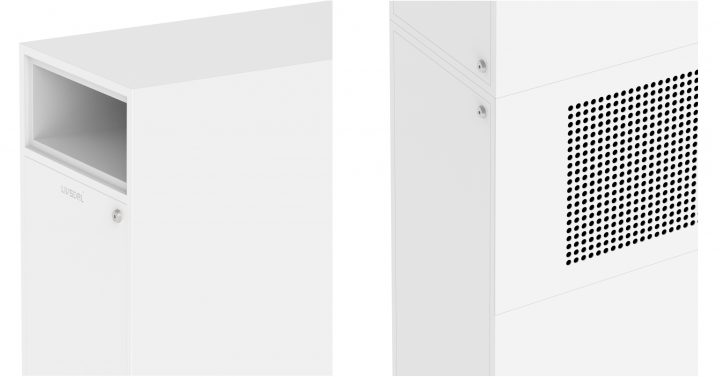
What sets Livsdal air purifiers apart from the others?
The most important component of an air purifier is the filter. They are the bits that determine how effective the air purification is. In addition to the coarse filter that takes the visible dust, there are two other types of filters in a Livsdal air purifier.
The first of these is a particle filter of very high industrial quality. It is known as HEPA H13, and it removes particles in a range from 0.5 millimetres down to 5 nanometres, and this means that it filters out, for example, soot particles, mould spores, pollen and cigarette smoke. Since there is no copyright on the term HEPA filters, it means that anyone can claim to use them in their air purifiers.
However, the cost of a genuine HEPA filter is as high as for a standard air purifier, which gives you good reason to question the quality of competing manufacturers’ products.
The second important component is a molecular filter with activated carbon that captures the smallest air pollutants that are in gaseous form. Examples of gases that are filtered out are nitrogen dioxide from traffic exhaust fumes and formaldehyde from flame retardants, paint and other building materials. Most other air purifiers have no activated carbon at all and the few exceptions have about half to one kilo of carbon that quickly becomes saturated and then becomes unable to trap the gases any more. So as to be able to purify air for more than a year, Livsdal air purifiers contain six and twelve kilos of activated carbon, respectively. We also ensure the purification quality by measuring regularly and changing the filters when needed.
How much sound an air purifier puts out is another important aspect. A mechanical air purifier has a fan whose sound needs to be attenuated as much as possible. This is done in a number of different ways to make Livsdal air purifiers the quietest on the market.
Why is the office ventilation system not adequate?
It is possible to improve the indoor air somewhat by inserting better filters in the ventilation system. Higher quality filters, however, require a larger ventilation system, which is both space- and cost-intensive and only yields a marginal improvement. Reducing air pollution from the outside also only affects the indoor air marginally as you only trap the larger particles with the help of ventilation and thus still get in all the smaller particles and gases from, for example, vehicle traffic from outside.
Sometimes it is advocated instead to increase the amount of supply air, but this is counterproductive because you then get more air pollutants from the outside, and that does not solve the problem with the air pollutants that generated indoors.
A greater major problem results from the air pollutants emitted by everything inside a building: toxic gases from computers, printers, cleaning products, flame retardants in textiles, the building itself, scented candles and bacteria and viruses that are extra relevant today.
The filters in a Livsdal air purifier produce a much higher degree of separation compared with the ventilation system. While it may remove particles down to about 1 micron, our air purifier filter takes particles down to 0.005 micron, which is smaller than virus particles, and the activated carbon units removes the gases.
Contact us at info@livsdal.com
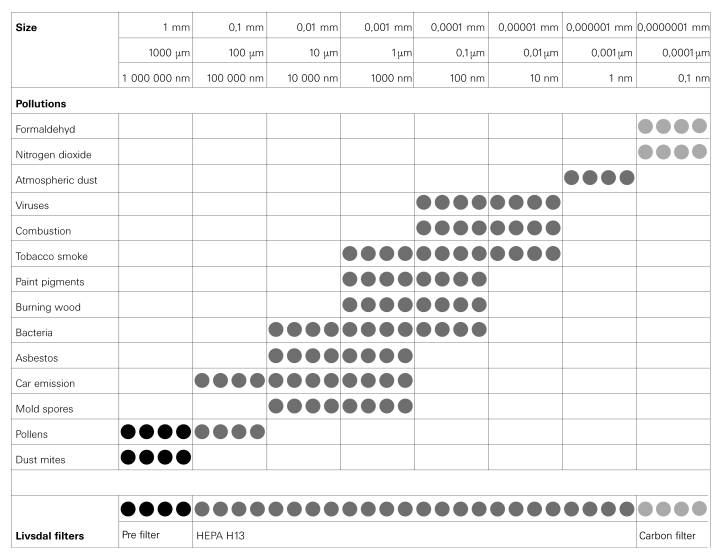
What effects can a Livsdal air purifier have on the working environment?
With a Livsdal air purifier, the workplace can become healthier, due to a reduction in the spread of disease and an increase in the energy levels of those who work there. The fact is that clean air can be linked to improved concentration and heightened efficiency. Additionally, the risk of interruption to sleep among employees is reduced when indoor air pollution is minimised during the working day. For pollen allergy sufferers and asthmatics, air purification means reduced strain on the airways.
Air pollution is also the leading cause of respiratory and cardiovascular disease, and cancer.
What health effects might be experienced from using a Livsdal air purifier?
Air pollution makes the body more susceptible to infection. An air purifier from Livsdal eliminates exhaust fumes from traffic and harmful particles from the flame retardants used in textiles, furniture and electronics. In addition, it has a documented capacity to capture particles as small as viruses. With effective air purification, we reduce the strain on the lungs, which makes it easier for the body to recover.
Many filter techniques use ionization that gives off ozone, and this can irritate the lungs and aggravate respiratory diseases. Instead, our molecular filters eliminate ozone gas and trap air pollutants, and that means that only clean air is released into the room.
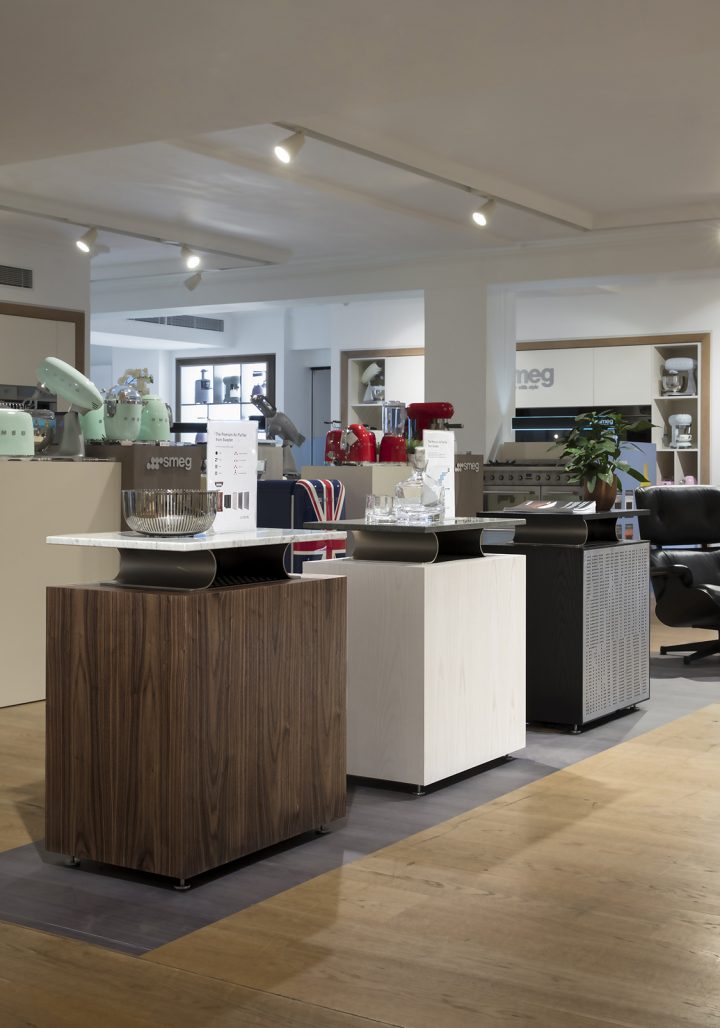
Are there any problems with electrostatic air purifiers?
It’s a good idea to obtain independent information about how different air purifiers work and their possible problems. There are many consistent sources. The Finnish Institute for Health and Welfare states this most clearly on the following page.
There, they write “Ionizers, that is to say, ionizing devices are not suitable for combating viruses, because they are based on the spread of reserved ions in the air and their binding in particles, in this case the virus, whereby the virus becomes charged. Charged viruses can then attach themselves to surfaces such as walls, floors and furniture ….
Mechanical filtration (HEPA and ULPA filters) and adsorption (e.g., by an activated carbon filter) remove particulate contaminants, which also include viruses, according to studies. These technologies also do not cause harmful secondary contaminants.” The Livsdal air purifier belongs to the latter category.
If you would like to understand more about how to minimise the coronavirus in offices, the Institute for Health and Welfare describes a lot of other important things on the same page.
The US EPA also describes the same thing on the following page.
There they write, among other things: “Ozone, a lung irritant, is produced indirectly by ion generators and some other electronic air cleaners and directly by ozone generators.” and “while ion generators may remove small particles (e.g., those in tobacco smoke) from the indoor air, they do not remove gases or odours, and may be relatively ineffective in removing large particles such as pollen and house dust allergens.”
The Swedish authorities do not go as far but clearly describe an air purifier as just a mechanical air purifier with various filters.
Contact us at info@livsdal.com
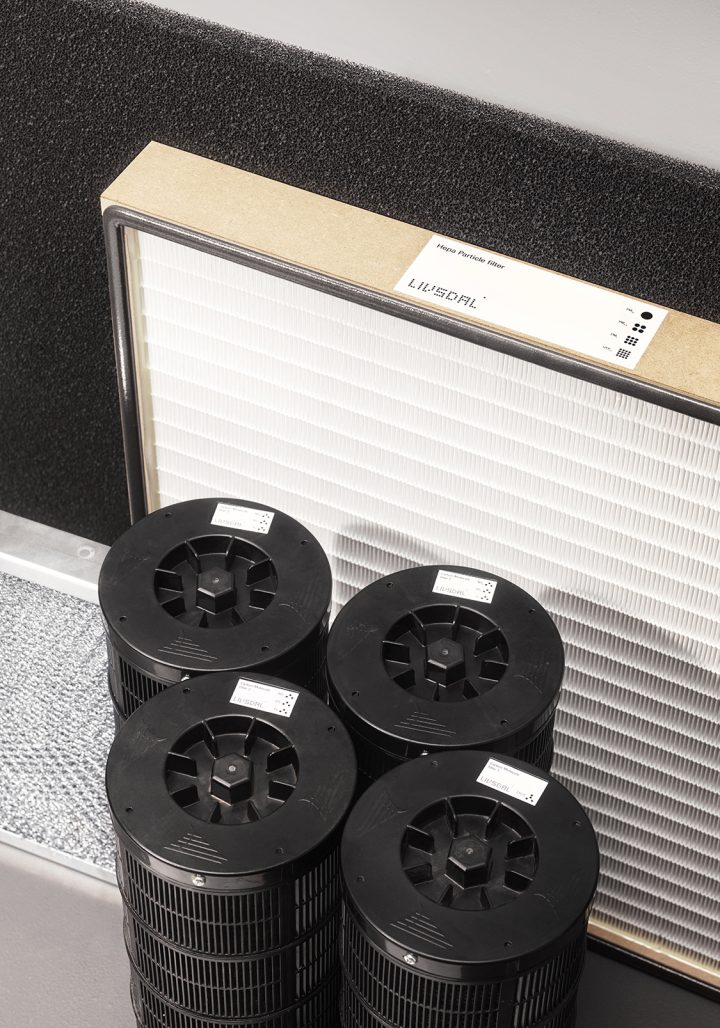
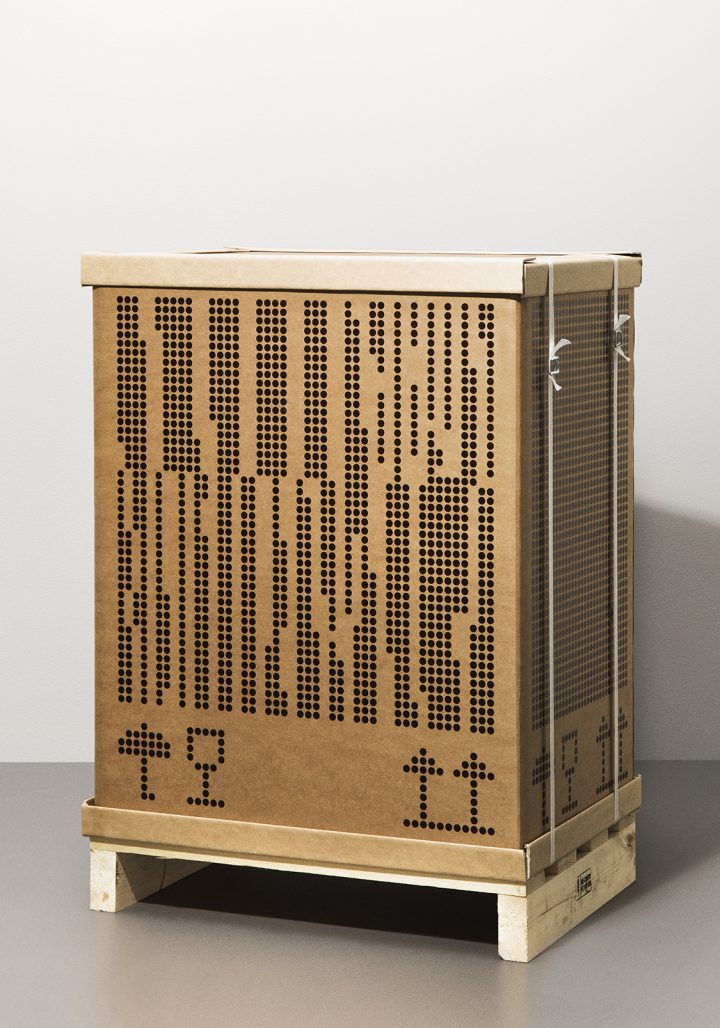
Why is a Livsdal air purifier bigger than other air purifiers?
Where air purifiers are concerned, bigger equals better, since the size testifies to more filters that care able to purify greater amounts of air, compared with smaller air purifiers. And larger filters do not need to be changed as often.
How much noise does an air purifier from Livsdal produce?
Livsdal air purifiers are designed to be quiet and energy efficient. The fan is well/balanced, insulated and soundproofed. At a comfortable, medium setting, it produces between 35 and 45 dB.
How much energy does an air purifier from Livsdal consume?
On a medium setting, the modern, brushless EC motor consumes the same amount of electricity as a 15-watt light bulb.
What certifications do air purifiers from Livsdal have?
Livsdal air purifiers are CE marked in accordance with EMC Directive 2014/30/EU and the Low Voltage Directive (LVD) 2014/35/EU. The production facility is certified according to ISO 9001 and ISO 14001.
The HEPA H13 filters are individually tested and meet the Eurovent EN1822 classification with an efficiency rating ≥ 99.996% for particles of size 0.3 μm and will capture particles down to 0.005 μm. A test report is included with each air purifier. The molecular filters are tested according to ISO 10121.
Contact us at info@livsdal.com
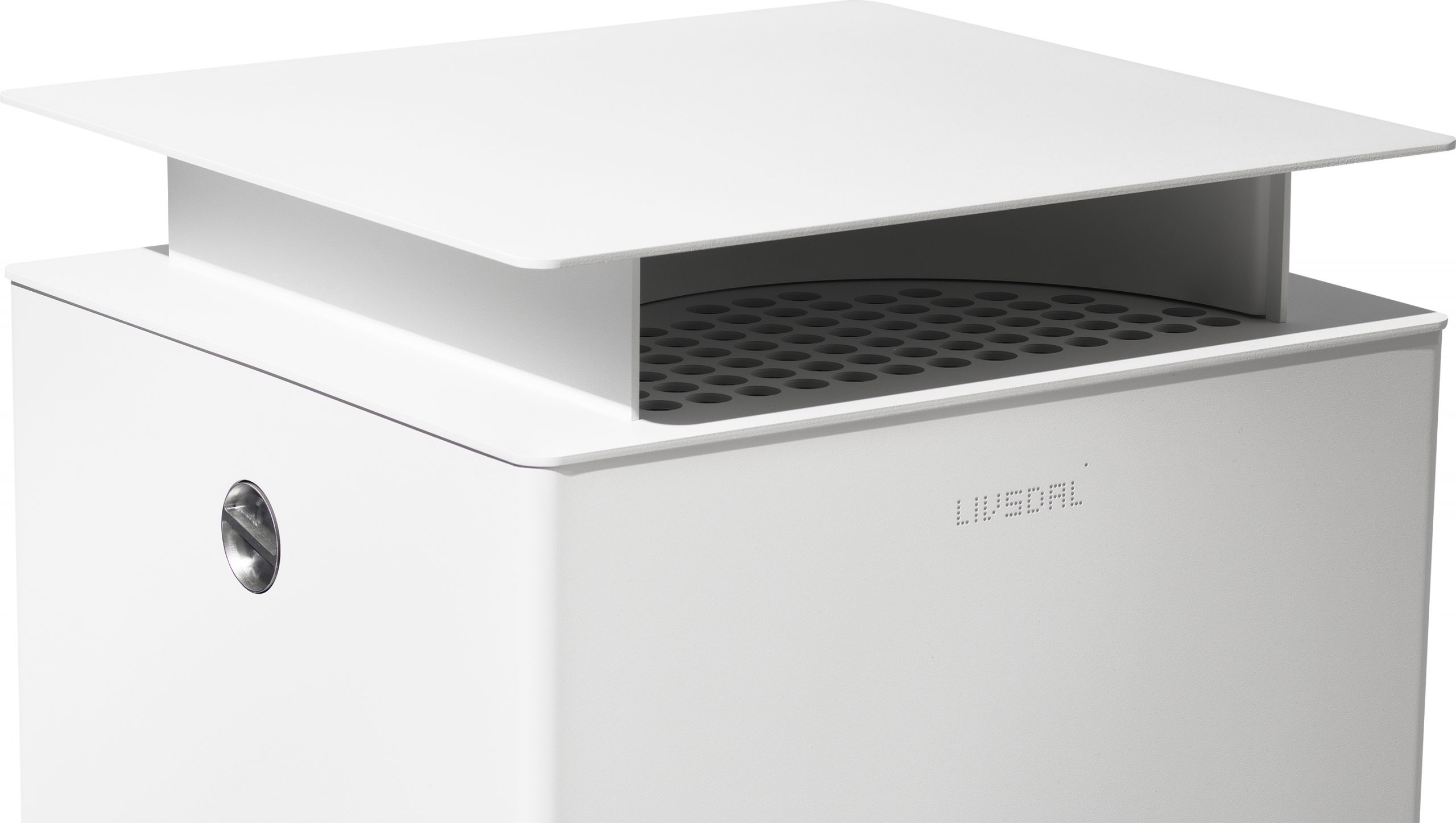
What model do I choose and how do I know how many air purifiers I need?
Which model and how many air purifiers you need will depend on how the premises are designed and how many people they are intended to accommodate. One indicator is that our air purifiers can clean up to 150 sqm at their highest setting. However, you want a pleasant-sounding environment and our air purifiers running on a medium setting clean around 75 sqm.
As an example, let’s say yours is a consulting company of (say) 25 people occupying 350 sqm. Thus, depending on the floor plan, you would need one in the reception area, one in the break/coffee room/area, one in each conference room and 2-3 in the general office area.
So, in all, you would need 6-7 air purifiers, which works out at about 4 people per air purifier.
What’s the best place for my air purifier?
A Livsdal air purifier can be placed anywhere in a room, but ideally reasonably close to the nearest wall.
